Getting More Out of Fukuoka’s Food Culture
A laid-back southern prefecture, Fukuoka is a great place to eat great food, drink great tea and sake, and experience Japan's southern atmosphere. This is not only the birthplace of the famous tonkotsu (pork broth) ramen, but is also home to over 100 food stalls, called yatai, for exploring the region's numerous other dishes. On top of that, it is easy to access from Tokyo and even abroad thanks to its central international airport - perfect for getting straight to all that food!
But while the city center is easy to get around, you have to go further out to get to the roots of its culinary culture, which can be tricky without a car. To get the best of both worlds, on this trip I explored central Fukuoka City by public transport to get a taste of what the area has to offer. Then, to go deeper into the world of tea and sake, on the second day I went on a Yoka Bus Tour to visit some of the more out-there foodie spots that would have been difficult to visit by regular public transport.
Day One: Fukuoka City
After arriving at Fukuoka Airport, it was just two short rides on the metro to get to my first destination by the canal. I took the Airport Line to Hakata Station to drop off my bag, followed by the Nanakuma Line to Kushida Shrine Station.
My first stop of the trip was to Kushida Shrine. The shrine is the host of the annual Hakata Gion Yamakasa festival, held in July. Outside of the festival period and its preparations, you can see one of the Yamakasa floats on display on the shrine grounds. On my visit, the float on display featured a quirky giant mythological catfish. Around the rest of the shrine grounds, you can also see the giant Kushida Ginkgo Tree, the Sacred Crane Well, and a small line of red torii gates.
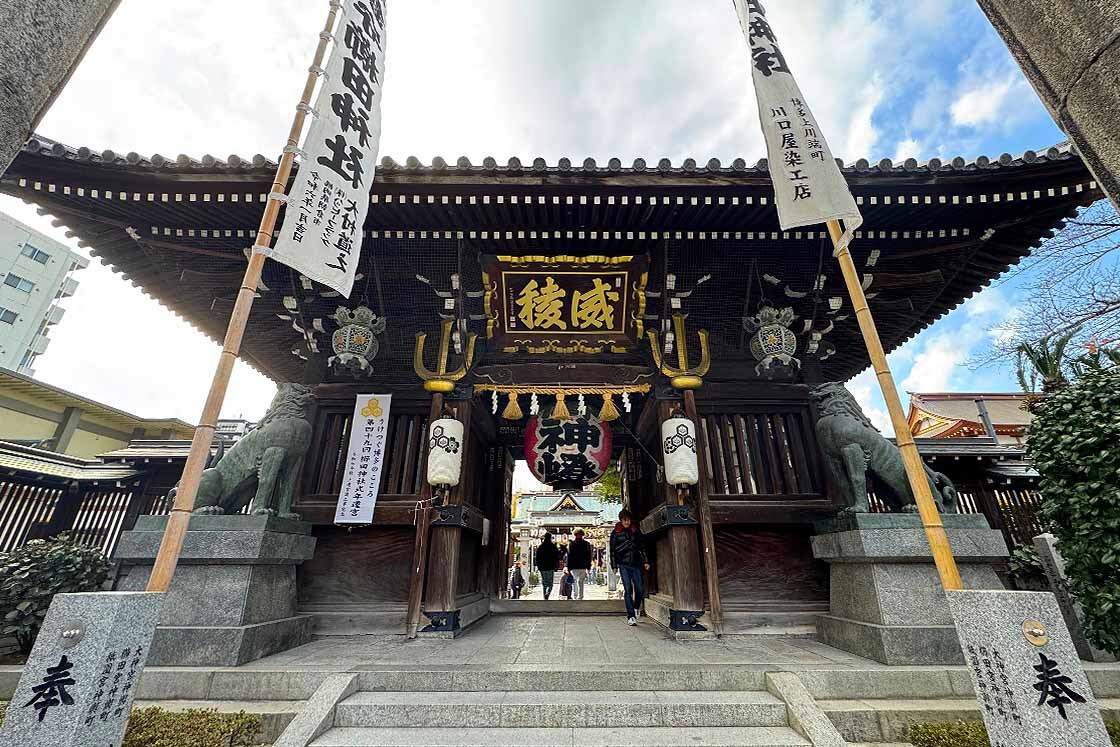
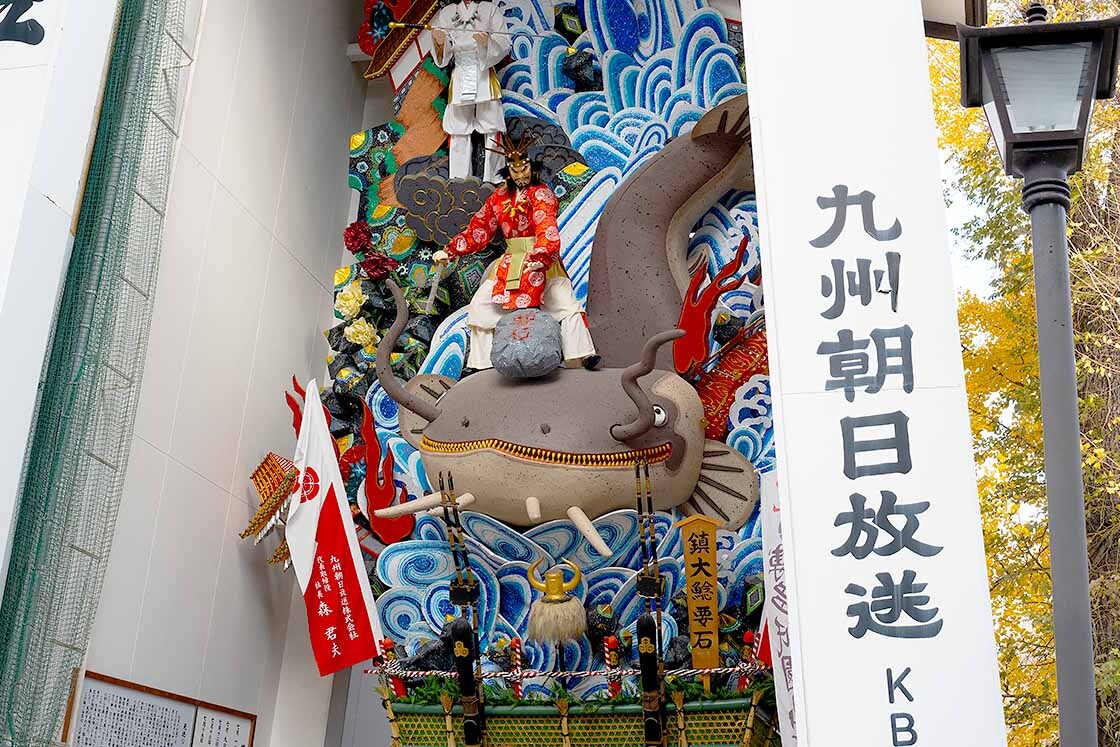
A short walk from the shrine is the Canal City mall, and of course, the canal. In this area there is no path along the Hakata River, but there are a few bridges that can make for nice pictures.
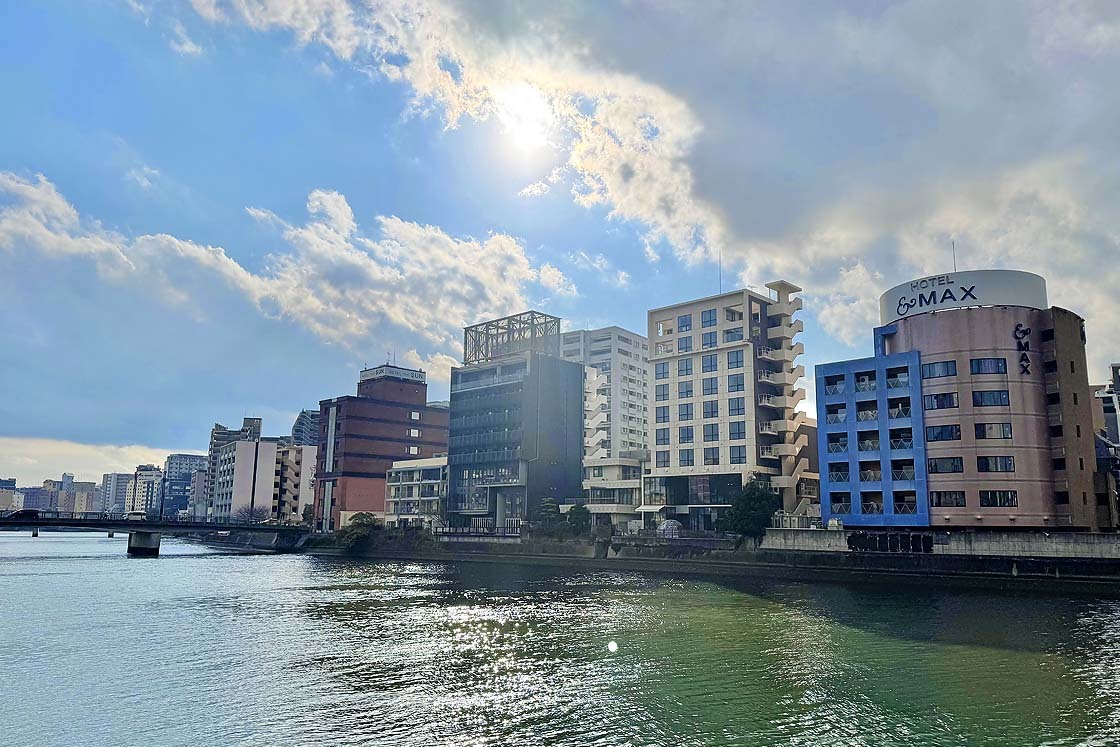
The mall has a bit of a southern atmosphere with its palm trees, open plan and welcoming rounded shapes. Inside is a good variety of restaurants and shops of all sorts, including various character goods stores for the anime lovers out there. The mall is a good place to stop for lunch near the shrine, as it has a selection of western and Japanese food to choose from.
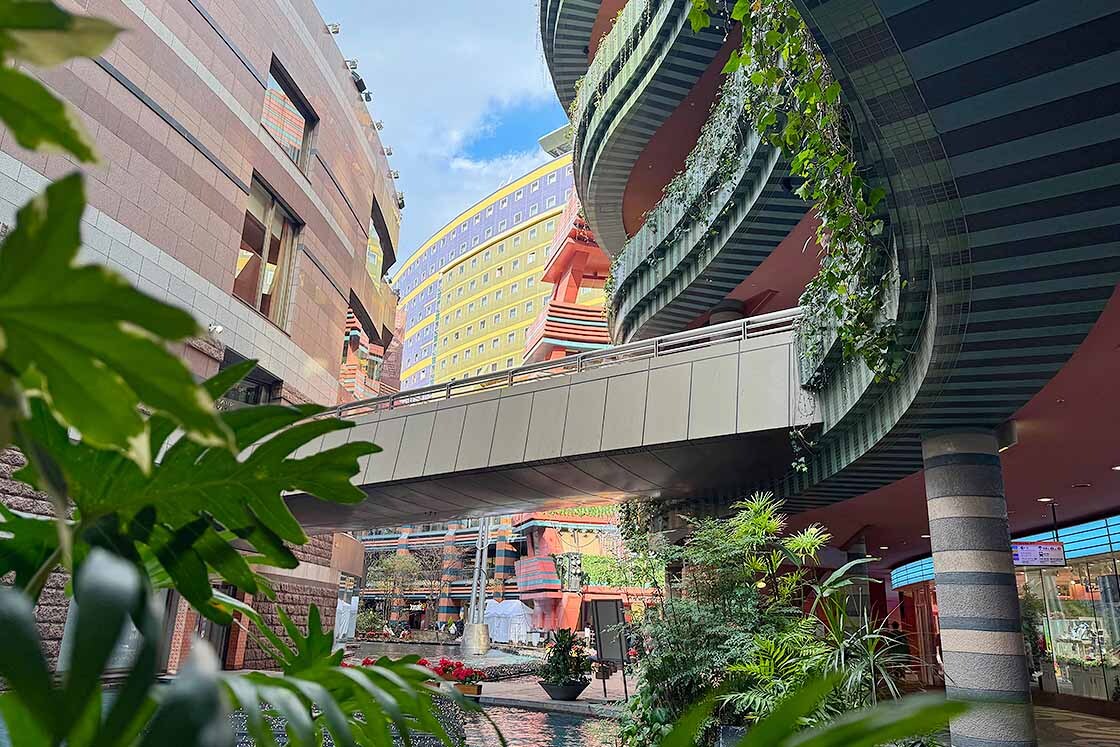
But I couldn't come so close to the sea without seeing the coast! So I then traveled to Fukuoka Tower and its neighboring Momochihama Beach.
Fukuoka Tower is Fukuoka's tallest building and Japan's tallest coastal tower. It stands at 234m tall, giving you a great panoramic view of the city and the sea from the top floor. After ascending in the elevator, there are three floors at the top: the top floor is an observation deck, the next down is a restaurant, and the third down has a few games and an area with love locks.
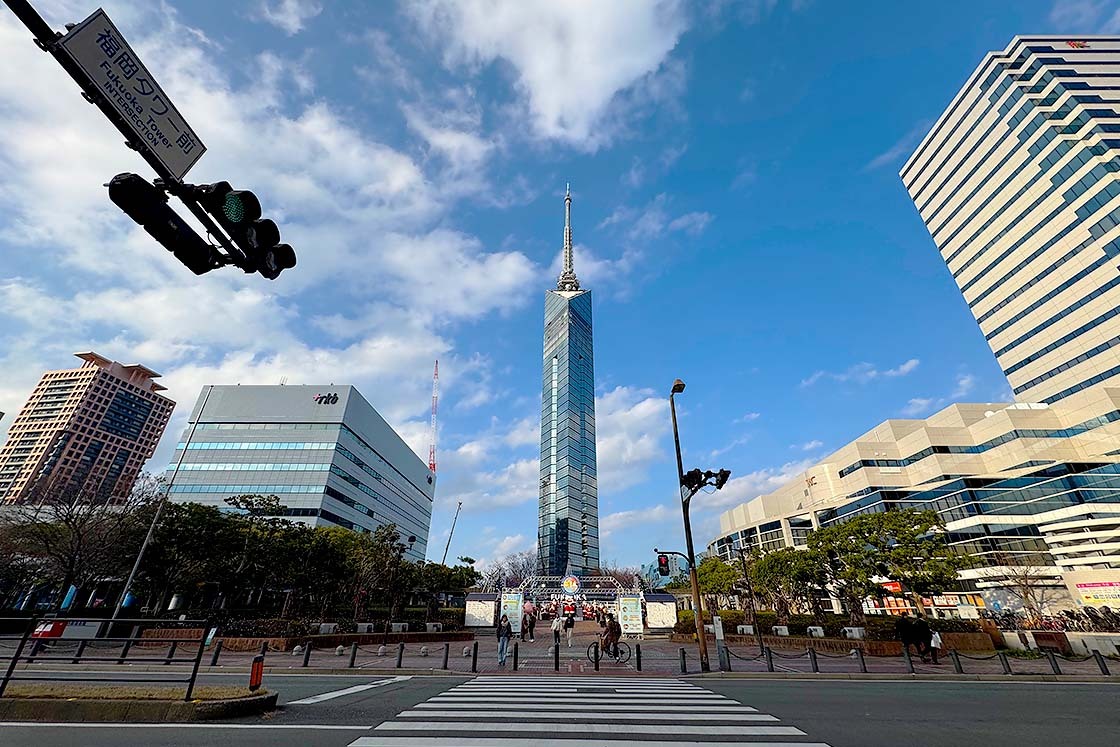
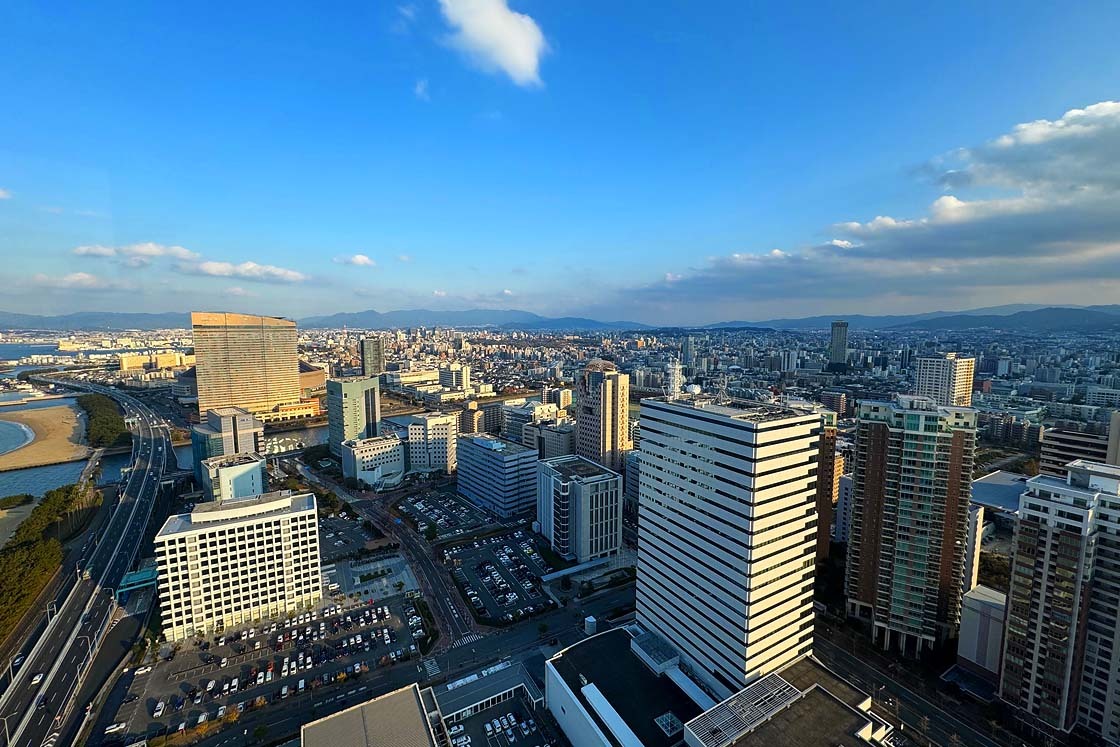
The beach that you can see from the tower is Momochihama Beach, and it also has an area called Momochi Seaside Park with a few restaurants for a nice seaside meal. The beach is known for its beautiful sunsets in summer, but on my winter trip, the sun set out of view behind the town. I instead spent some time listening to the sea and admiring the glowing clouds in the dusk light floating over the tower.
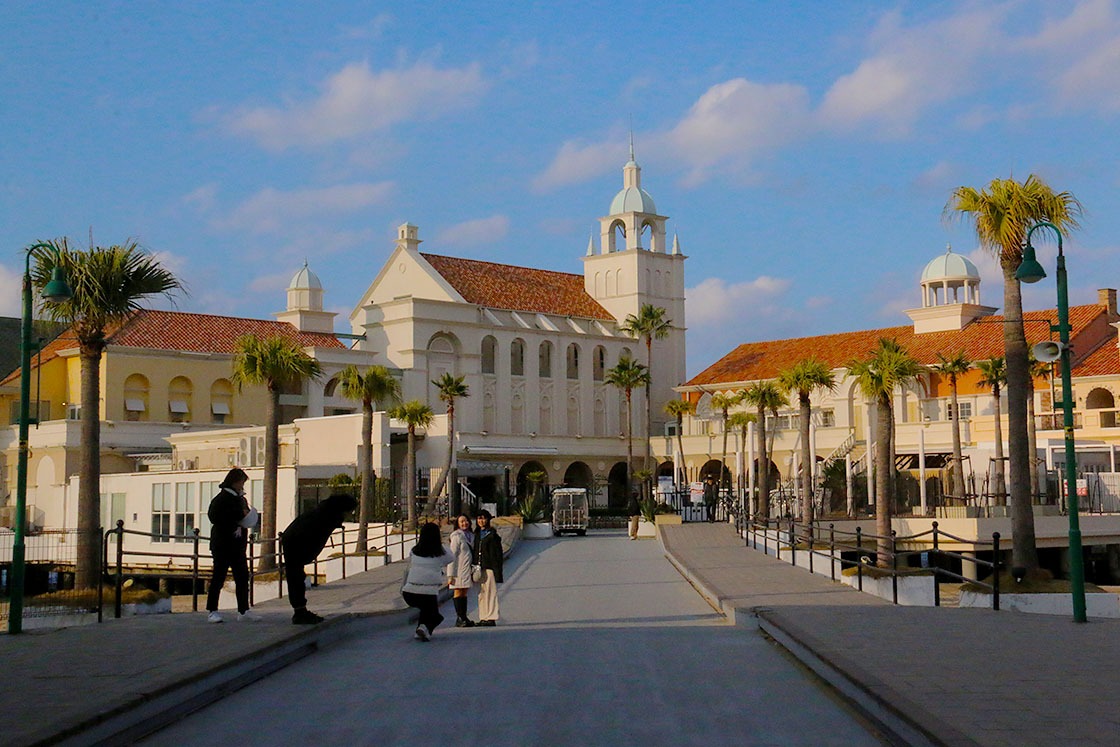
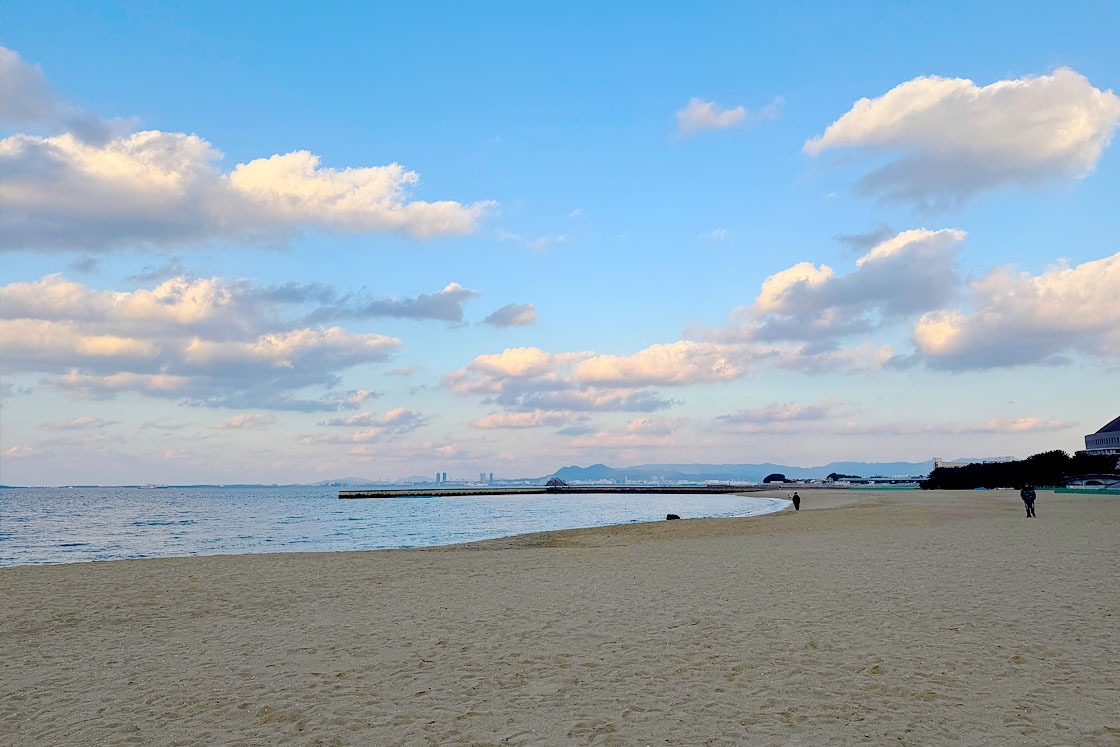
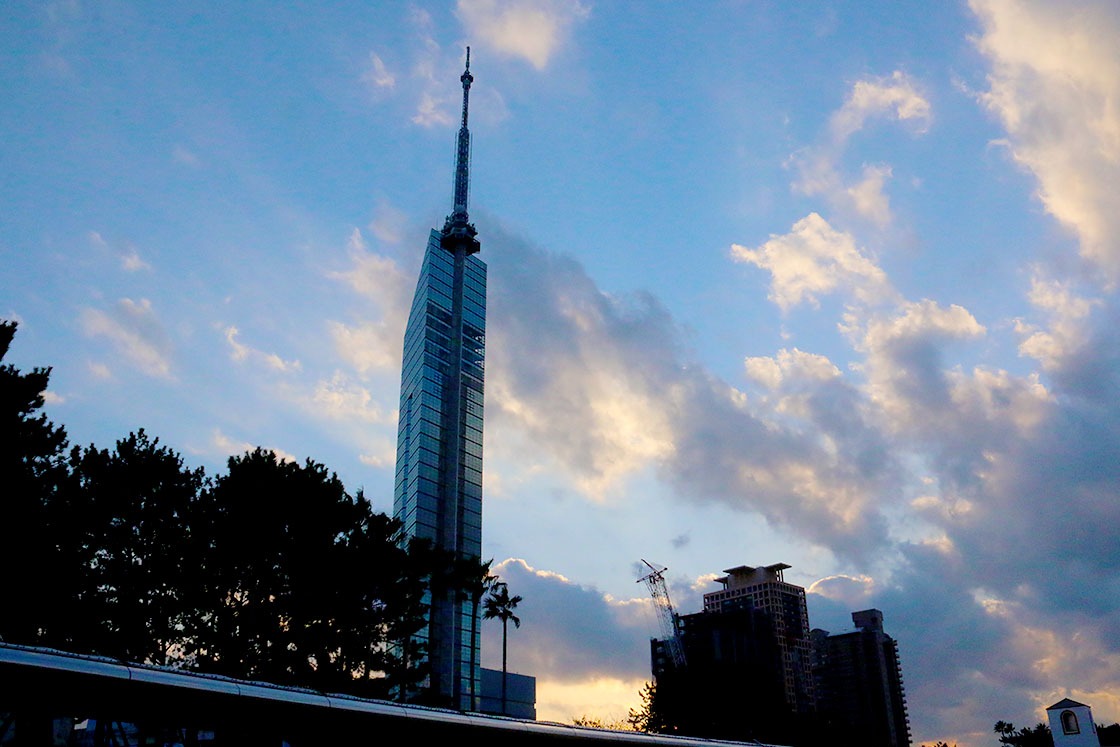
Back in the city center, a huge part of an evening in Fukuoka is visiting a yatai, or food stall. There are three main areas with yatai: Nakasu, Tenjin, and Nagahama. I chose to visit a stall called Barakamon, in the Tenjin area. I cozied up with the other customers, excited to warm up on the cold evening with a hot bowl of ramen. It was fun to see the other customers make their order directly to the chef just a meter in front of us, and then to see him and the staff cook and plate everything before my eyes, clouded in steam rising from the various pots. I joined the others in ordering directly to the chef, and tried three of Fukuoka's famous specialties: Tonkotsu ramen, bite-sized gyoza dumplings, and grilled mentaiko (pollack roe). Each item was delicious and comforting on the chilly winter night. I was especially surprised by the savory flavors of the grilled mentaiko, and would recommend it to the slightly more adventurous eater.
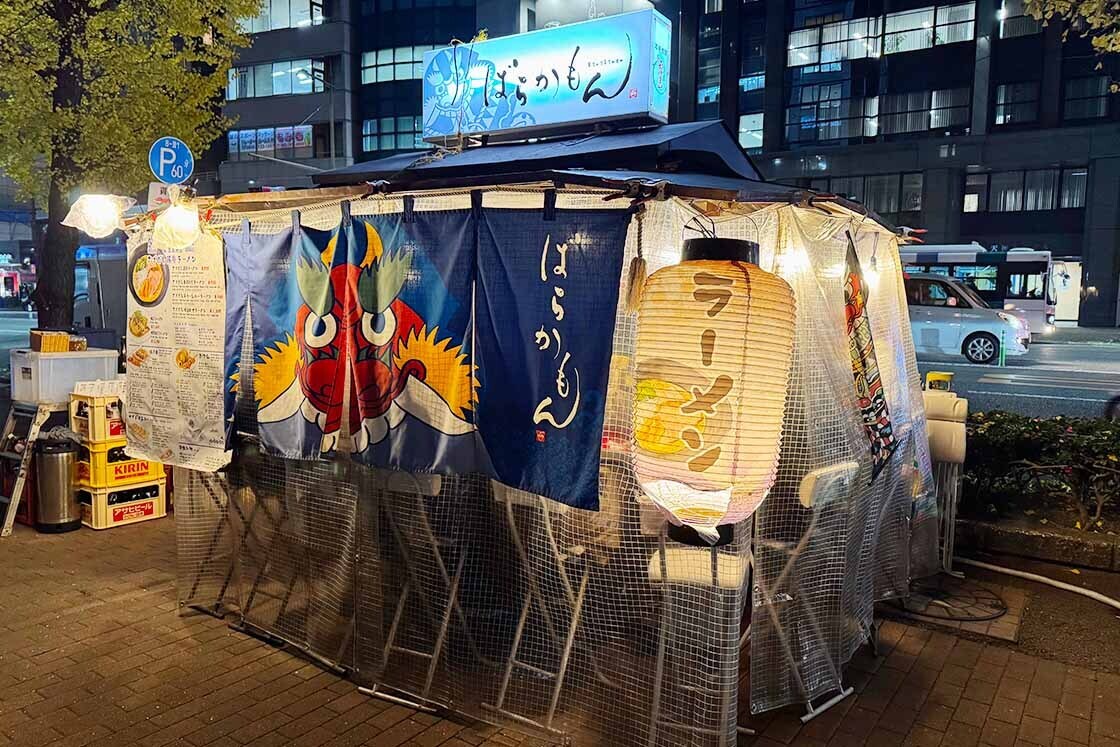
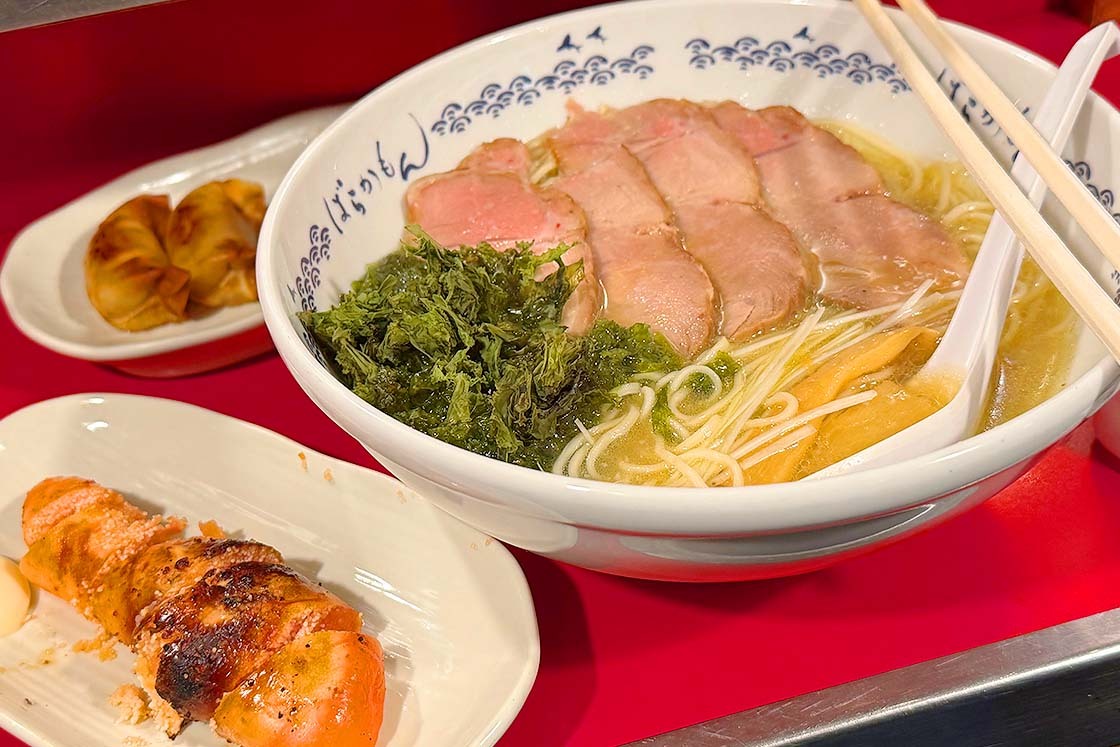
Day Two: Rural Fukuoka
To get a deeper connection with Fukuoka's food scene, on day two I joined one of the Yoka Bus tours to immerse myself in the region's tea and sake culture. The Yoka Bus is an easy way to visit these further out spots that would otherwise be difficult to visit by regular public transport.
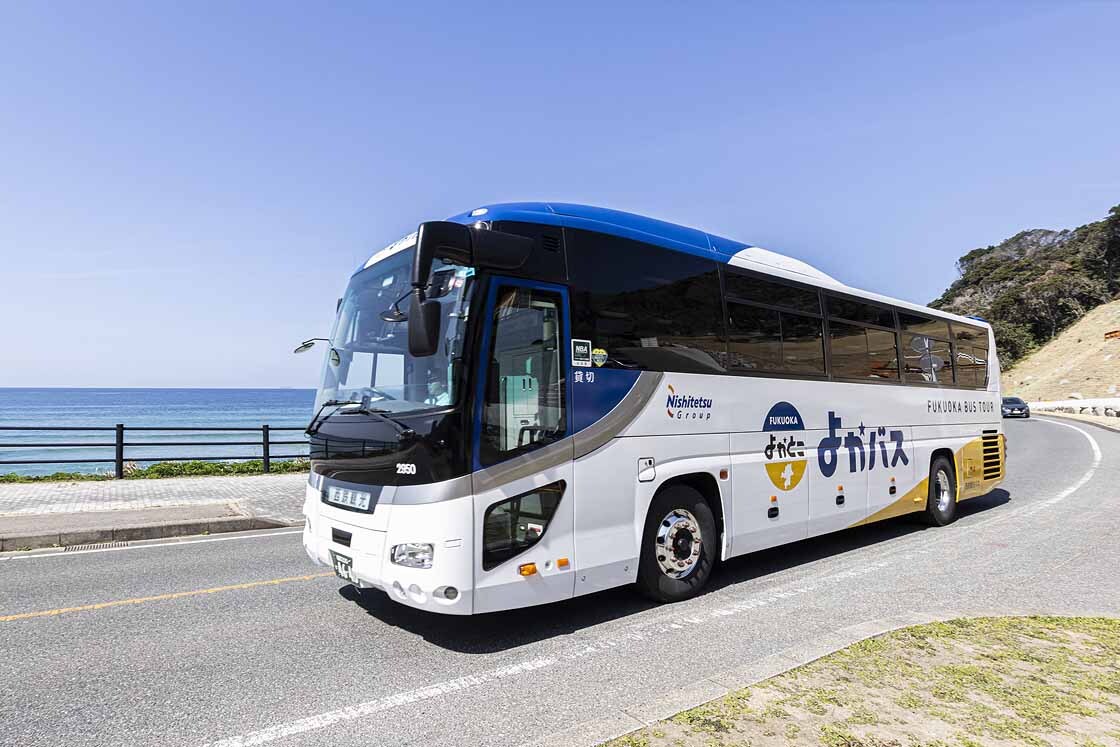
One of Fukuoka's most well-known exports is green tea from the Yame region, called Yame tea. So my first stop was to see the tea plants themselves at Yame Central Tea Plantation. Stepping out onto the observation deck, around 70 hectares of tea fields spread out before me. It was the most amount of tea I have seen in one place in my life!
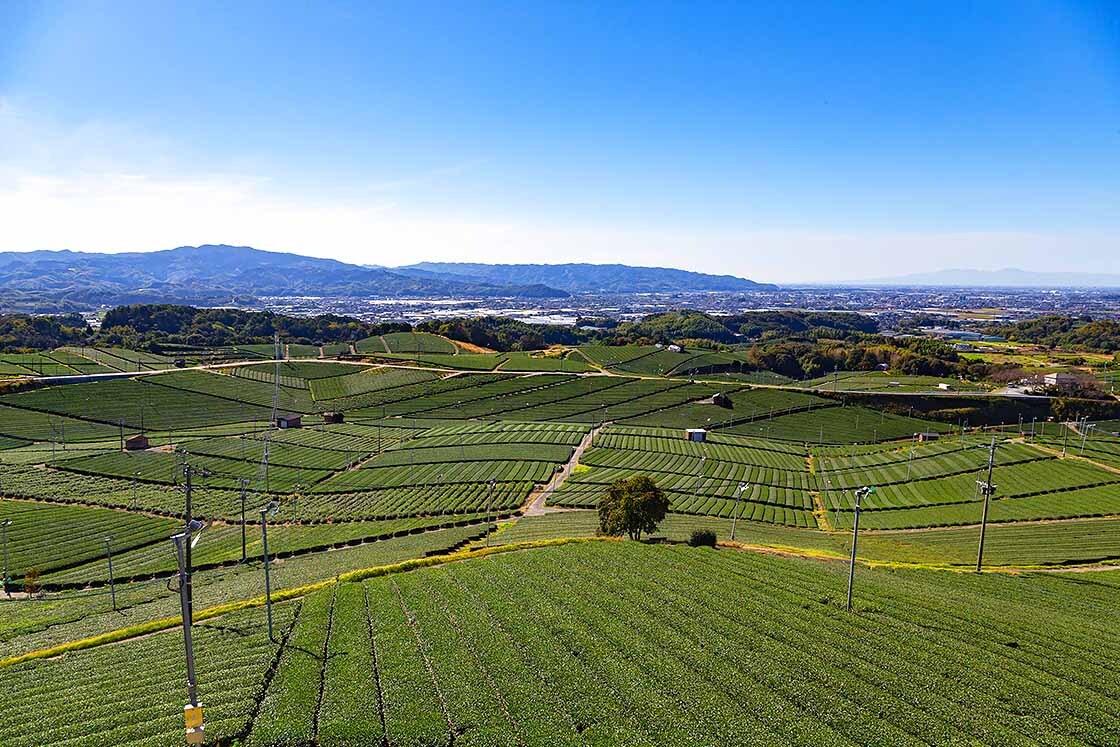
The origin of Yame tea is said to have begun 600 years ago, when a monk named Eirin Shuzui brought tea seeds from China to Japan. He then taught the Yame village headman how to cultivate the tea, too. These days, the most well-known variety is Gyokuro Yame tea, which is made by shading the leaves from the sun in the last few weeks prior to harvest. The plants are leafy and green year-round, and on my visit I even saw a rainbow stretch over the fields.
After marveling at the tea fields, I stepped into the Green Monster Cafe atop the hill, which has a selection of tea products from the very fields it is surrounded by. You can buy packets to take home, or order a drink to enjoy while watching over the fields.
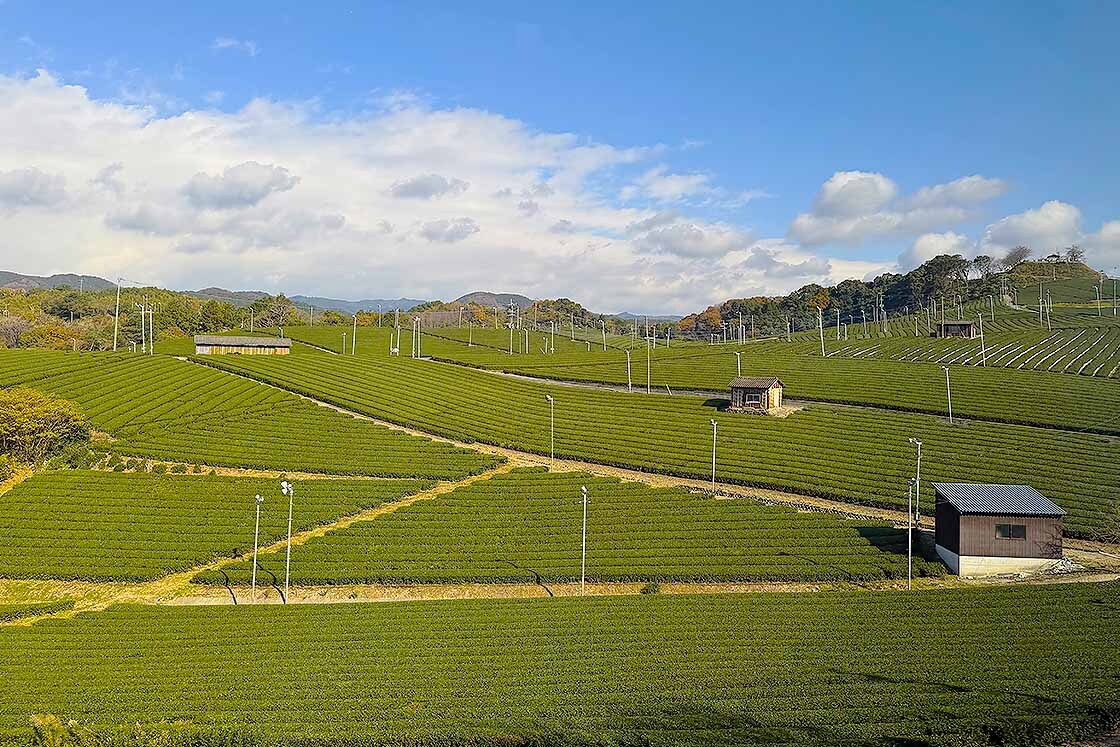
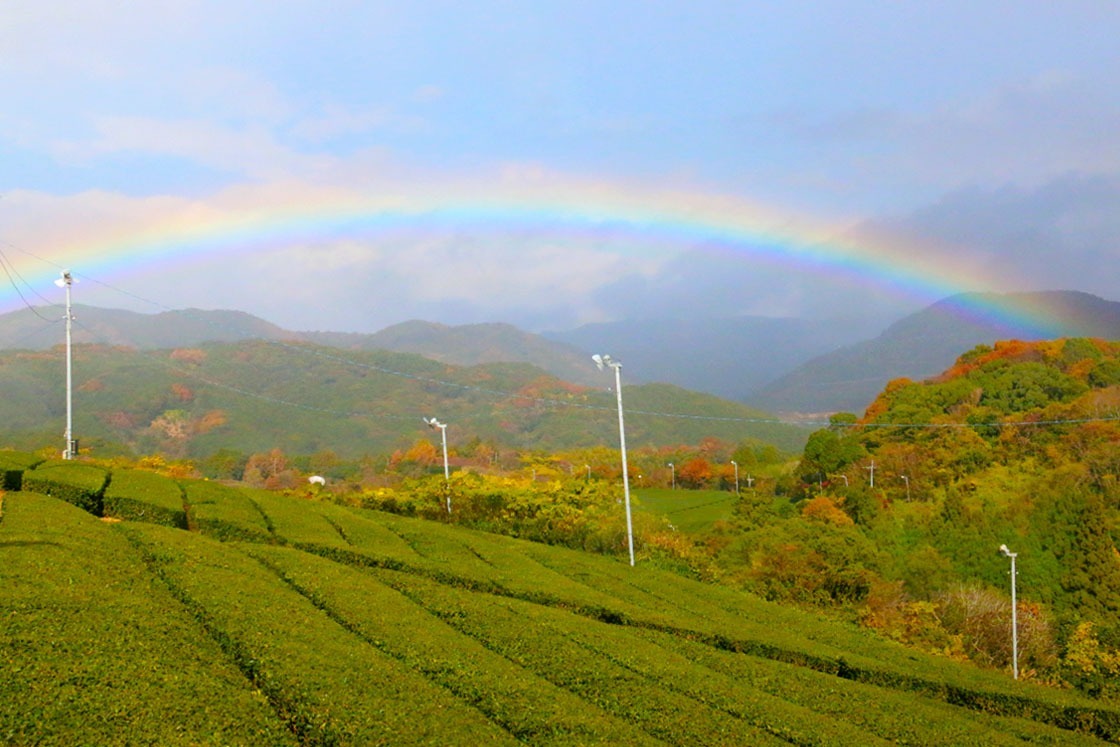
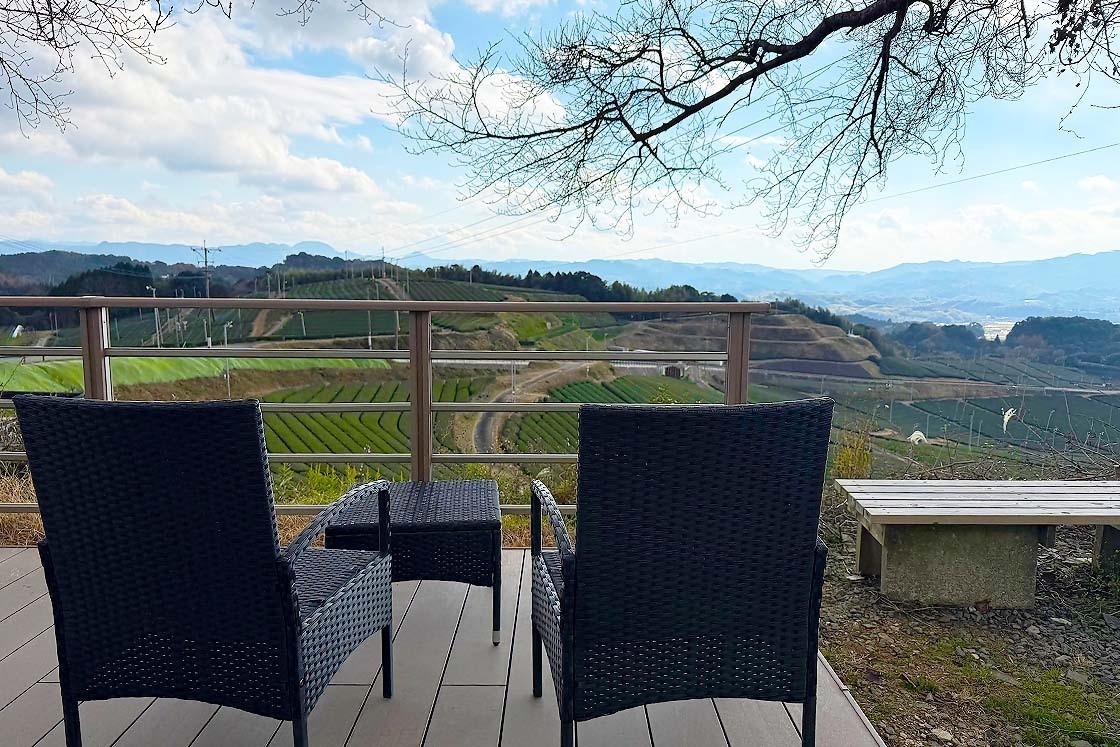
One 40-minute bus ride later, I was at the Cha-no-Bunkakan (Tea Culture Hall) This was really three experiences in one, as I had a tea-based meal, ground some tea leaves, and whisked my own matcha to drink.
The meal was a bowl of soba noodles made with a mix of green tea and buckwheat. Although the tea flavor itself is not particularly potent, the green-colored noodles make a fun visual change from regular soba, and combined with the array of local vegetables definitely made me feel healthy!
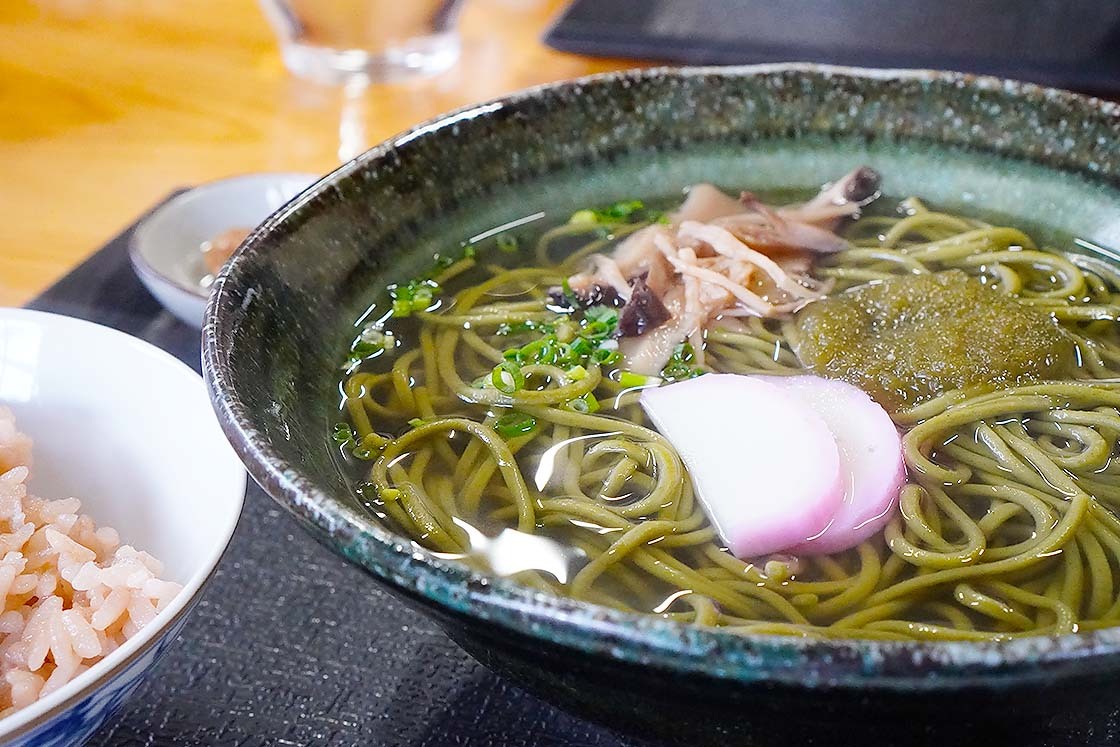
I then got a bit of an arm workout grinding the tea leaves in a traditional mortar. The mortar is two pieces of cylindrical stone with a hole in the top. You insert the tea leaves into the hole, then spin the top stone around using the handle, and bright green matcha powder comes out onto the dish below.
I sieved the powder and brought my small container of matcha to the neighboring table, where a cup, a matcha whisk and a traditional sweet were waiting.
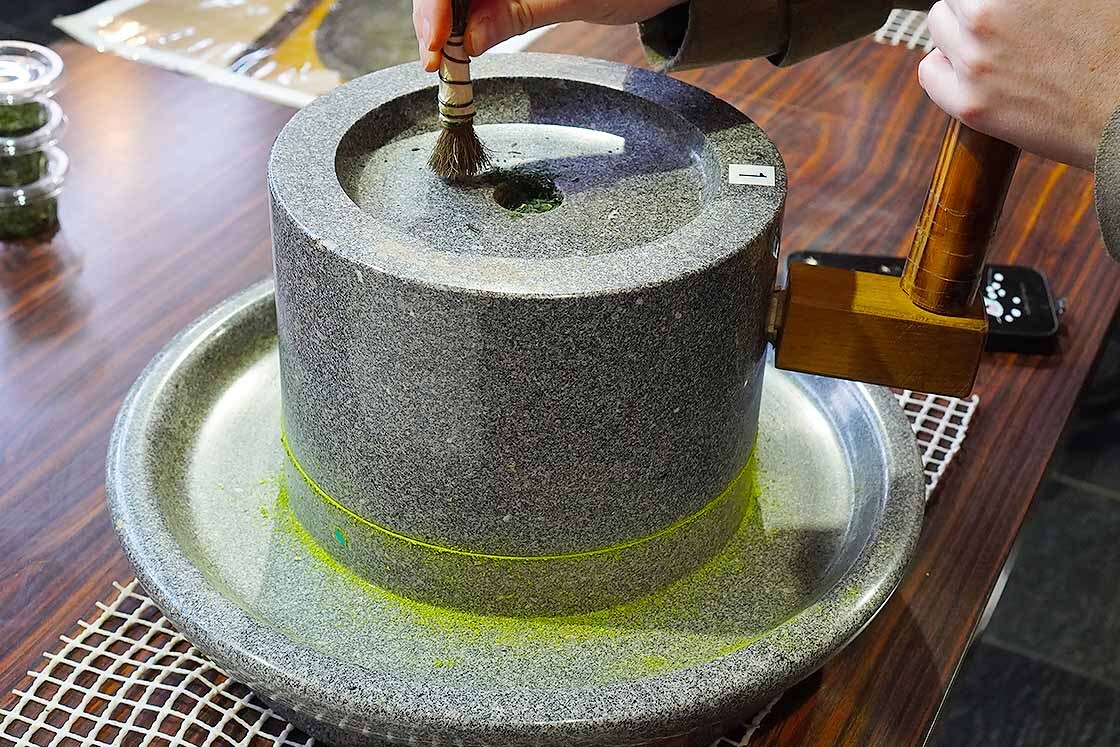
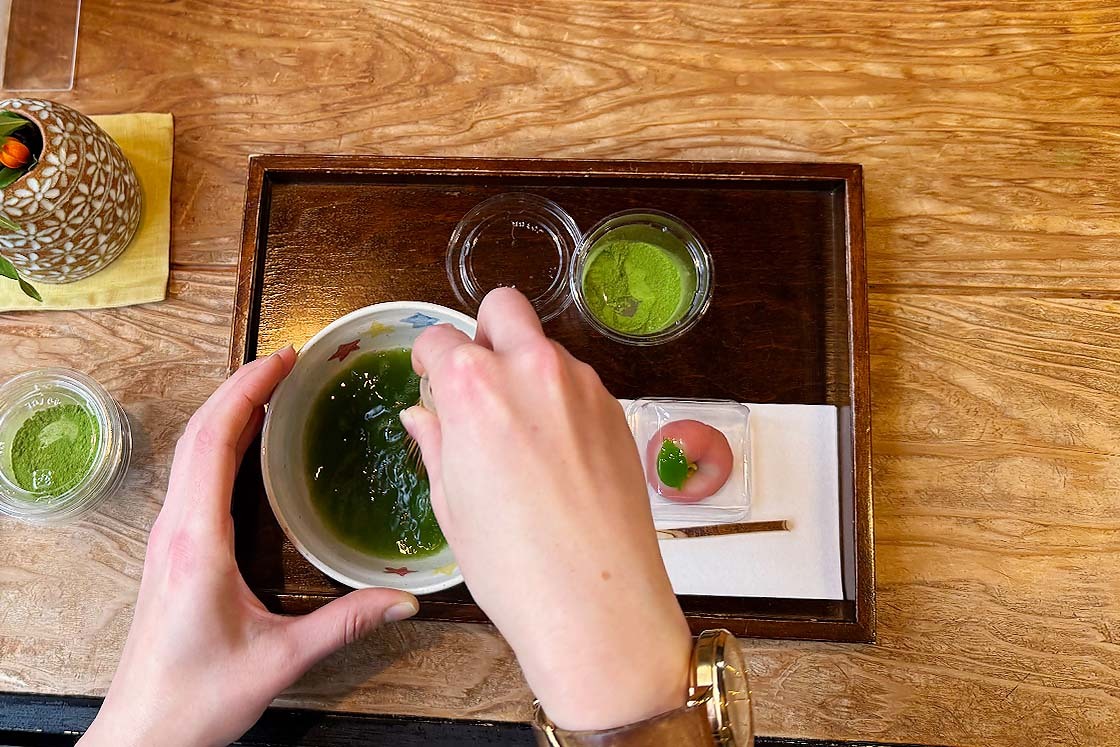
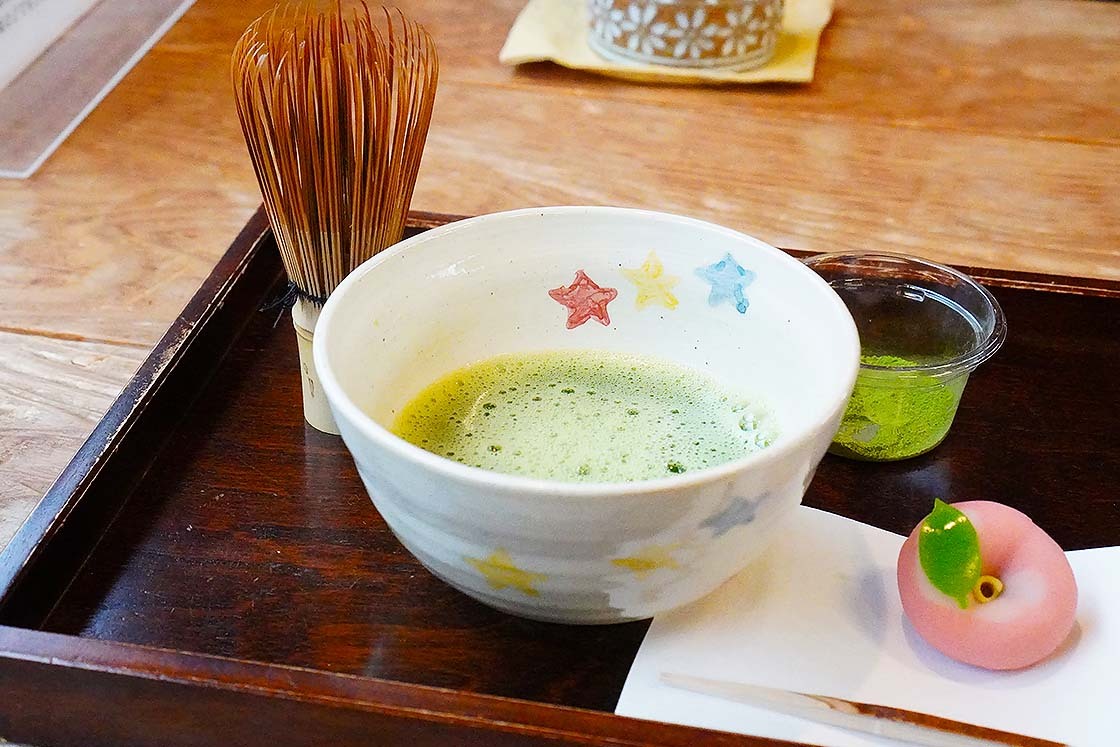
After about an hour on the bus, we then arrived at Mori no Kura brewery. The brewery has been in business since 1898, working near Chikugo River. Good water is an essential part of sake brewing, so they make use of the soft-tasting groundwater from the Koura Mountain Range. The sake is made with this water combined with locally-grown rice, and comes in two different series: Mori-no-Kura and Komagura. While Mori-no-Kura is made in a traditional sake style with a refined fragrance, Komagura is made to go especially well with all sorts of modern cuisine, from Japanese food to global flavors, with its own unique characteristics.
During my visit, I was given three different types of sake to compare, the Komagura Junmai-Daiginjo, the Morinokura Suisui Junmai-Ginjo, and the Morinohanare Junmai-Namagenshu. You may notice that what these have in common is the word "junmai," which means that no brewer's alcohol is added, so the sake is only the result of rice, water, and koji mold. The difference between them is the rice polishing ratio, with Daiginjo being the one with the highest ratio. My favorite was actually the Morinokura Suisui Junmai-Ginjo, which had a sweet and clear flavor, with none of the harsh notes I often associate with sake.
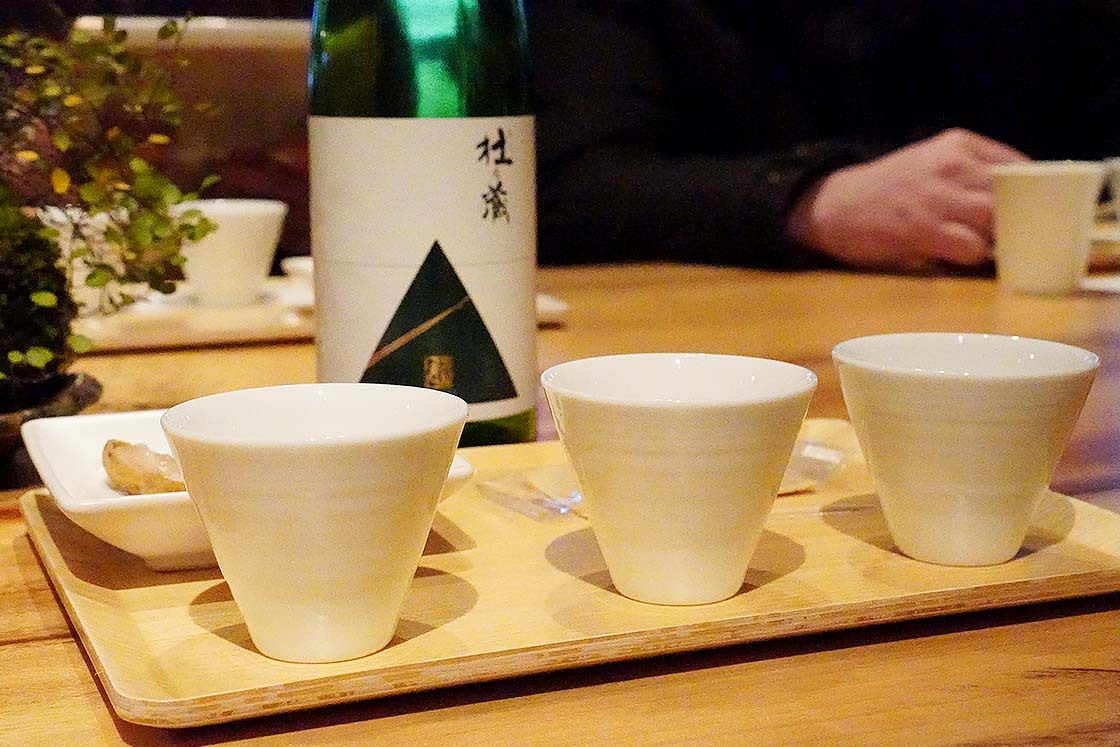
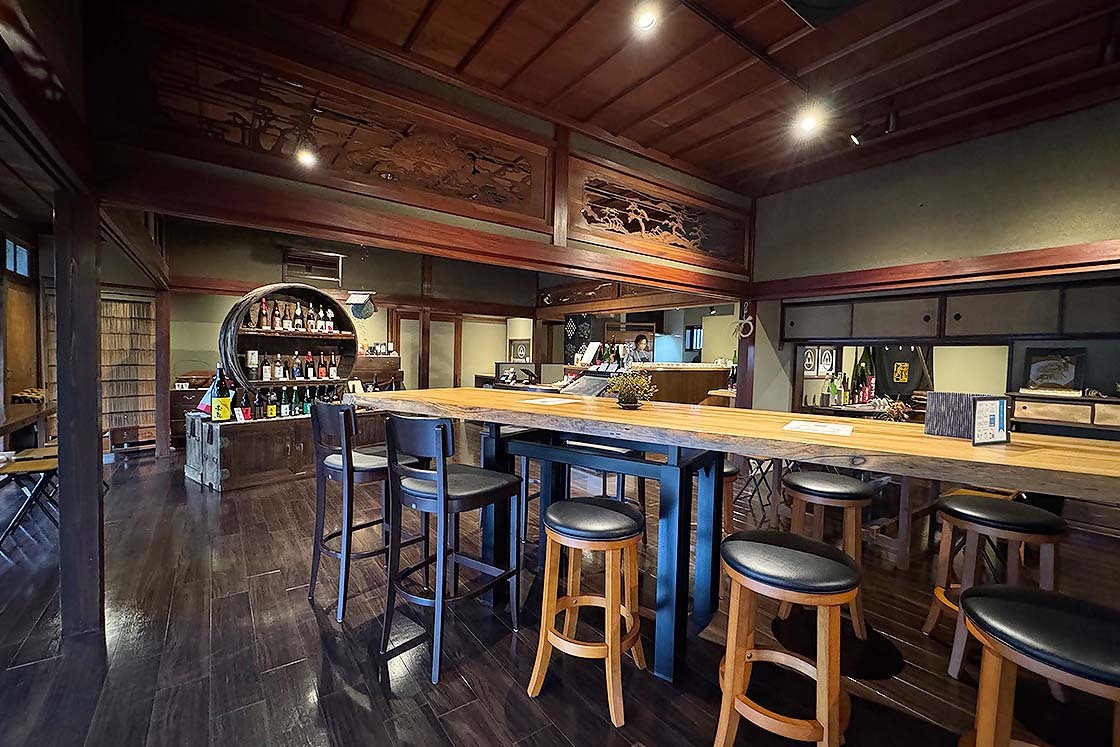
I sat a moment on the elegant wooden table with my sake in hand looking over the Japanese garden in front of me, and was happy to be experiencing regional sake in a more mindful way.
Whether it was the close encounters with Fukuoka's culture, or perhaps the three cups of sake, I got back on the bus to Fukuoka city feeling content and with a fresh understanding of the prefecture. While the center is a great place to try different things, going a bit further out with the Yoka Bus tour is even better for gaining a true appreciation of them. If you're interested in taking a tour for yourself, there are various other Yoka Bus tours to choose from to explore Fukuoka's food, culture and history.
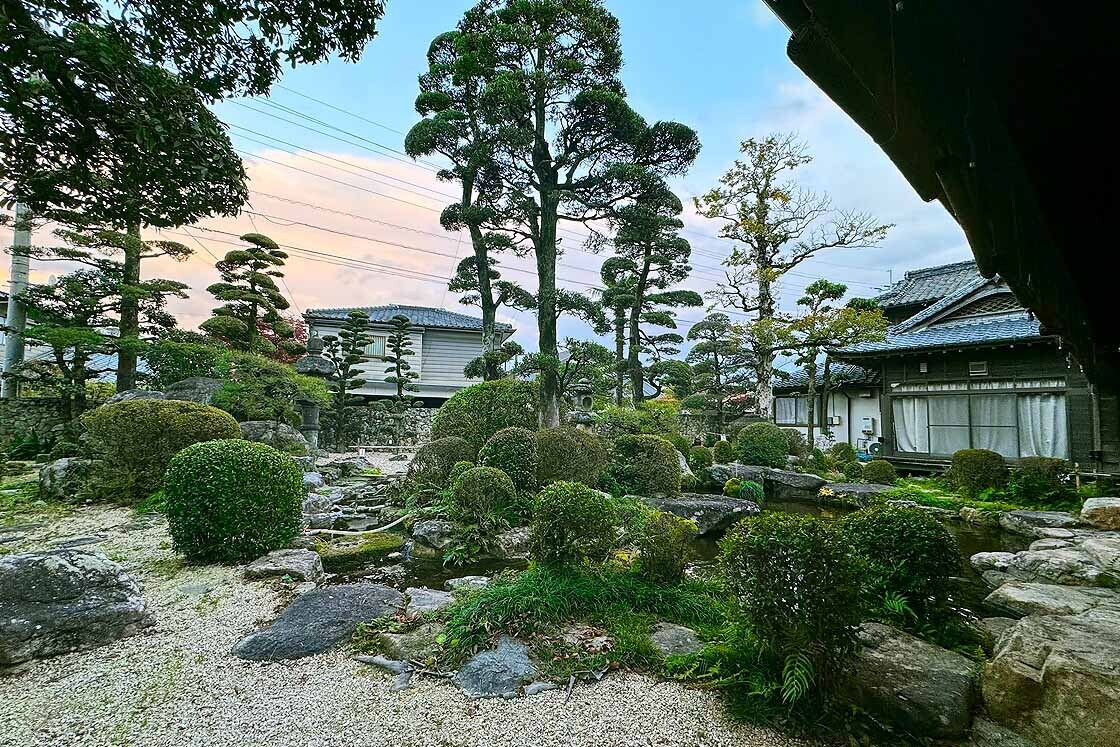
Access Information
Fukuoka is easy to access from inside and outside of Japan thanks to its central airport that is just a five-minute subway ride from the city's main station, Hakata Station. There are dozens of flights from Tokyo per day, mostly flying from Haneda Airport, with a few from Narita Airport, taking around 110 minutes. It is also possible to visit Fukuoka from Tokyo by the Tokaido/Sanyo shinkansen, which takes around five hours on the Nozomi train.
It is also easy to visit from abroad. For example, there are dozens of flights per day from Seoul Airport, and the flight takes around 85 minutes.
From the airport, it is just five minutes on the Airport Line to Hakata Station, where you have access to the city's buses and trains, as well as the shinkansen going out of the city. This station is also where some of the Yoka Bus tours depart.
